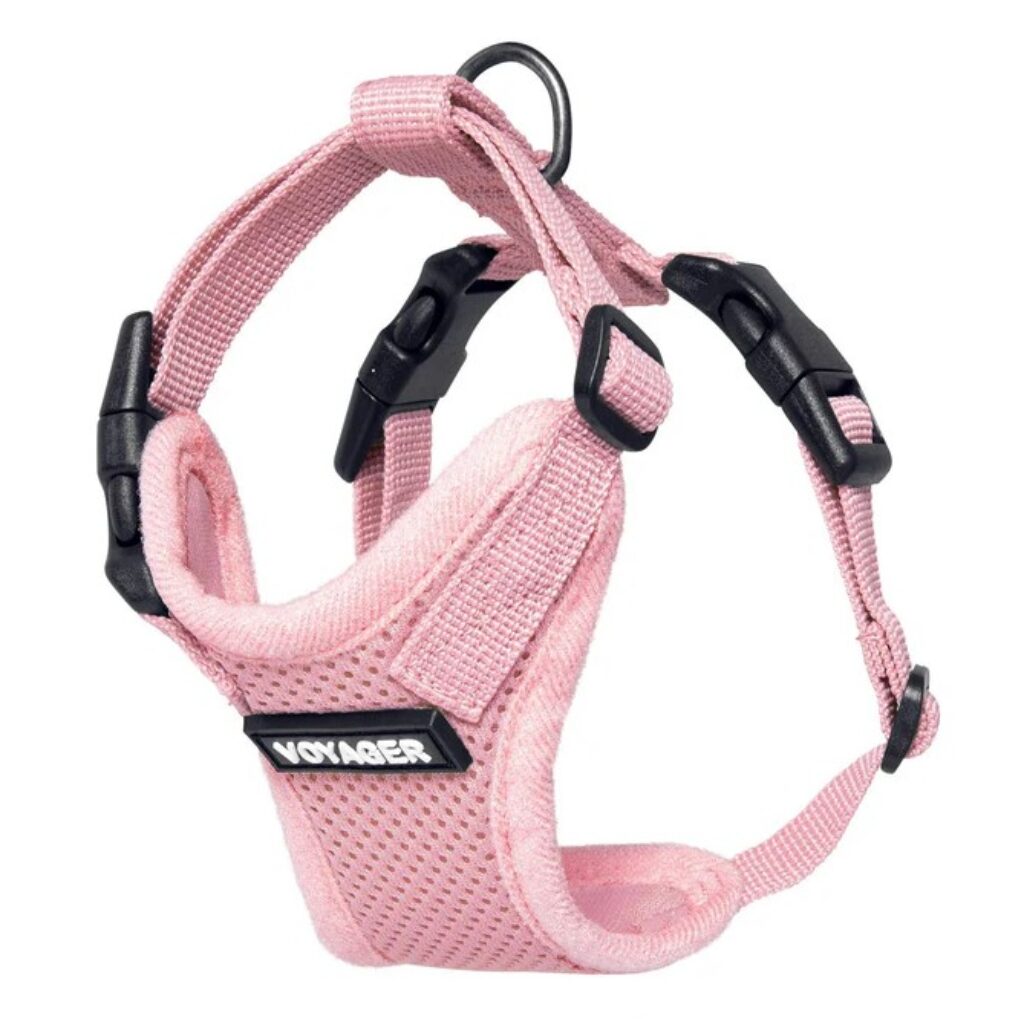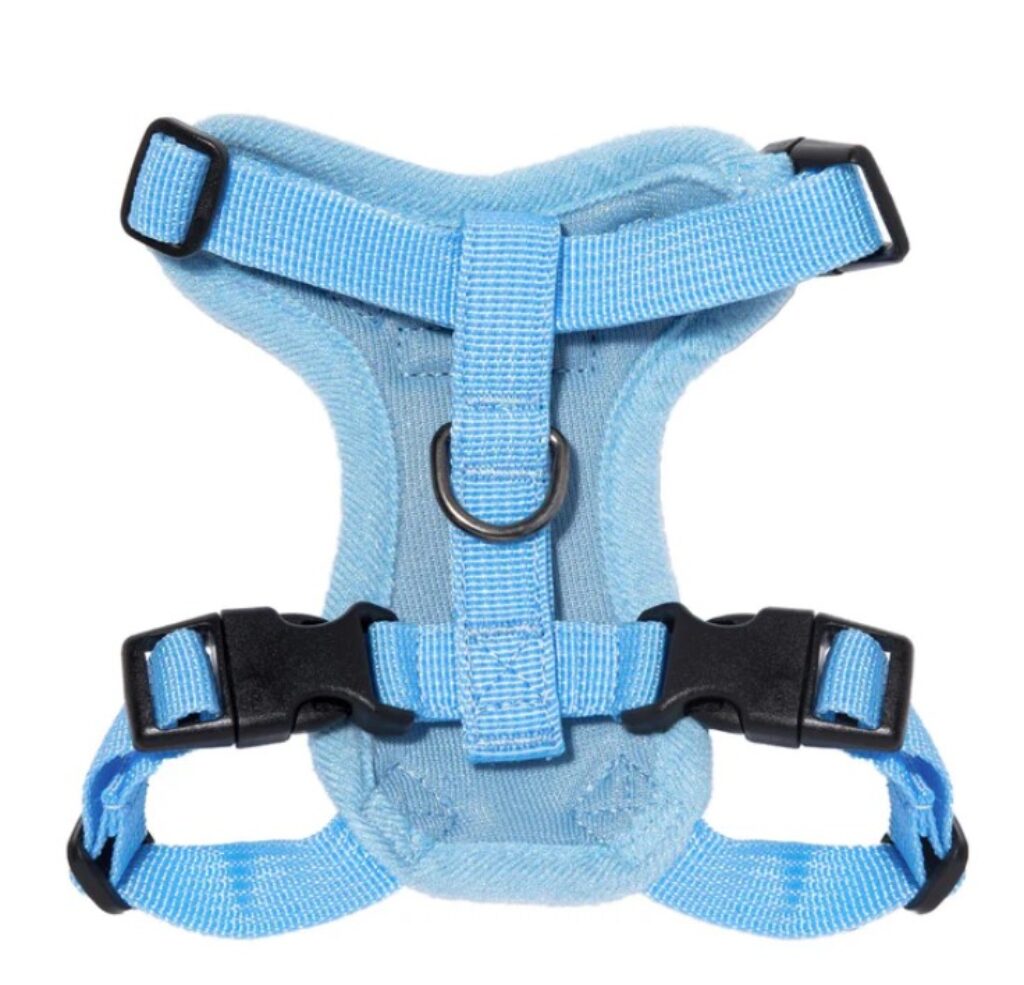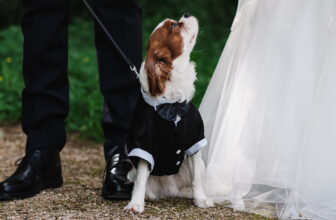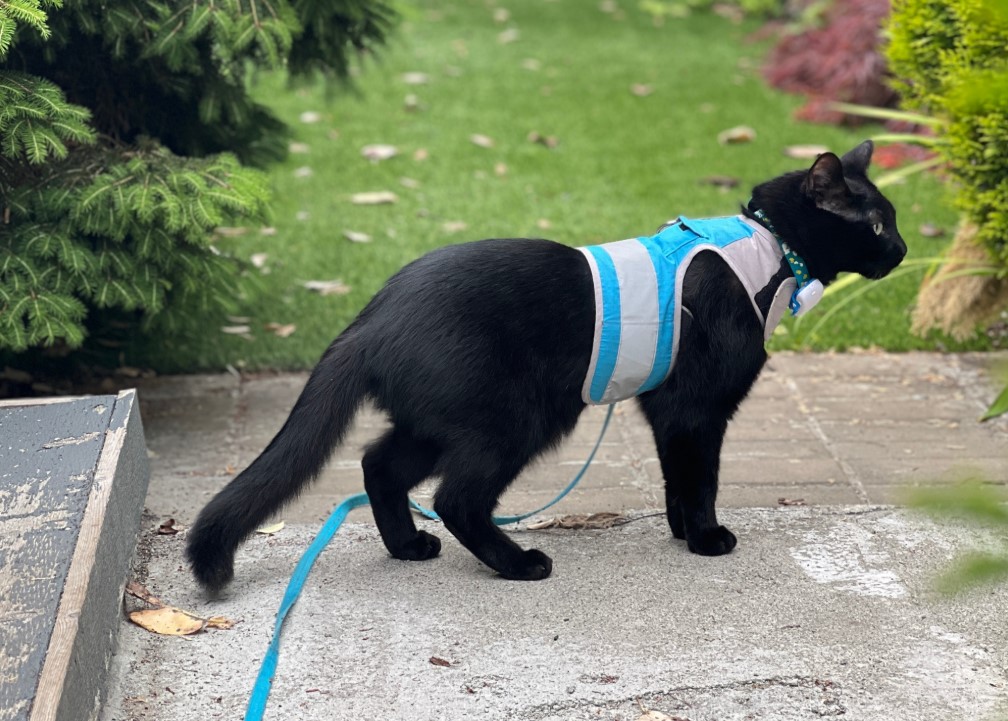
Okay, real talk: putting a harness on a cat? It is basically like trying to put a sweater on a jellyfish. You think it will be quick and easy; then suddenly, you are in a battle of wills that feels like it’s never going to end. If you’ve been there, you know exactly what I mean.
And honestly, it is not just that cats are stubborn (though they definitely are). Their bodies and the way they move are totally different from dogs, and that means cat harnesses have to be designed differently. Otherwise, you’re just setting yourself and your cat up for a lot of stress.
Table of Contents
Why Cat Anatomy and Behavior Matter More Than You Think?
Here is what you first need to know to understand what’s really going on behind the scenes of cat harness design:
-
Cats Are Weirdly Flexible
You’ve probably noticed how cats can squeeze through spaces you didn’t think were possible. Like that one time, your cat vanished into the tiniest crack behind the couch, and you thought they’d shrunk in size? Yeah, that’s because their spines are crazy bendy, way more than dogs. This flexibility lets them twist and turn like tiny acrobats.
So when a cat harness is too stiff or tight, it’s like trying to stop a gymnast mid-flip. It just doesn’t work. If the harness restricts their natural movement, your cat will instantly feel trapped and uncomfortable, and you can bet they will fight it.
Harnesses have to move with the cat, not fight against their natural twisting and turning. If it doesn’t, they’ll hate it and might even hurt themselves trying to get free.
-
The Neck? Super Sensitive. No Pulling Allowed.
Cats have delicate necks, so a collar or harness that pulls there is a big no-no. It’s not just uncomfortable; it can choke them or cause real distress. Unlike dogs, cats don’t handle neck pressure well.
So, a good cat harness puts all the pressure around the chest and shoulders instead. That way, if the leash pulls, it’s spread out across sturdier parts of their body, and your kitty won’t feel like they’re being strangled.
That’s why a cat harness isn’t just a dog harness in a smaller size. You have to avoid the neck area, or your cat will definitely let you know they’re unhappy. (And yes, that usually means frantic escape attempts and yowling.)
-
Cat Bodies Are Unusual
Most cats have narrow waists but broad shoulders, kind of like a little hourglass with muscles. That makes fitting a harness tricky. If it’s too loose, your cat will escape. Too tight? It’ll rub and cause irritation.
So the cat harness needs to be adjustable, like, in a bunch of places, so you can get the fit just right. No one-size-fits-all nonsense here.
Plus, some cats are fluffier than others. A long-haired cat’s harness needs to accommodate thick fur without squishing or matting it. That’s another reason adjustable straps and soft materials are a must.
-
Cats Are Basically Tiny Houdinis
If your cat hates feeling trapped (and most do), they’re going to try to wiggle right out of the harness. It’s like they have an internal escape plan.
There have been cat parents trying to put a harness on their cat. No matter what they try, the cat would squirm, twist, and in a blink. Frustrating? Absolutely. But it also tells you that cat harnesses need to be escape-proof without squeezing too tightly.
Harness designers know this and make sure the straps go around the body in ways that stop your cat from slipping out without squeezing them too tight. It’s a delicate balance.
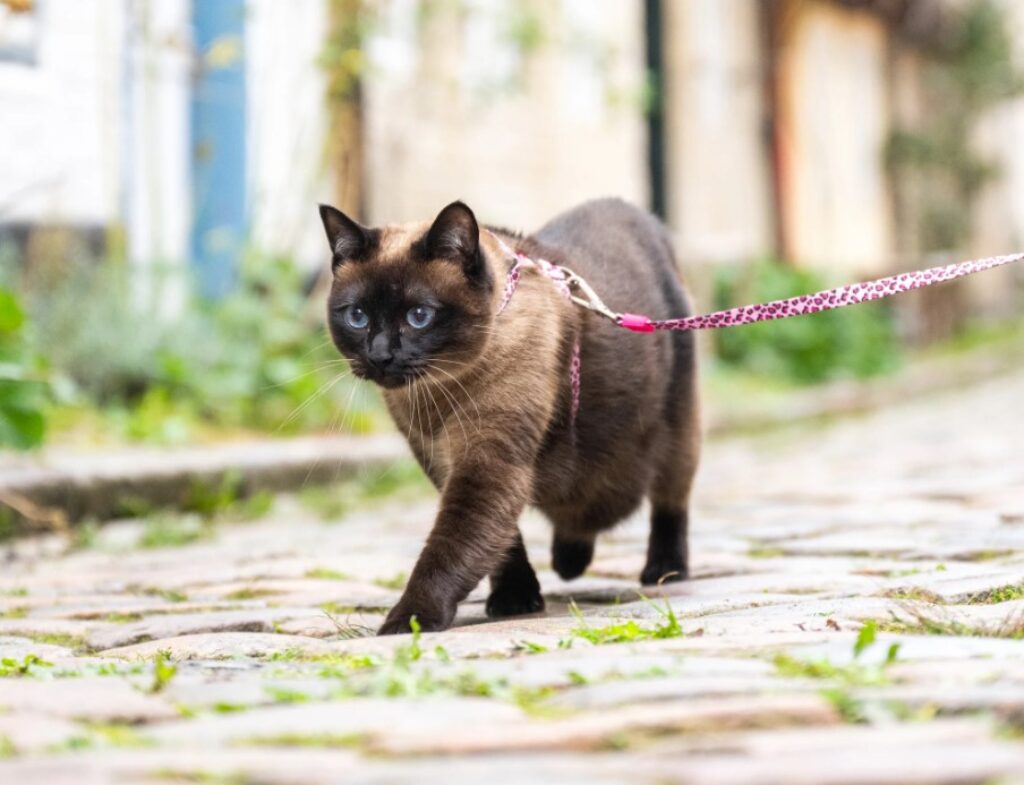
Source: max-molly.com
Why It’s Worth Getting the Right Cat Harness?
Getting a cat used to a harness takes patience, and sometimes a few tries with different styles. But when you find the right one, the one that fits well, feels soft, and respects your cat’s movements, it’s a game changer.
You go from a stressful ordeal to calm, controlled walks or safe outdoor exploration. That’s huge for cats who never get outside otherwise, and it gives them a chance to experience fresh air and new smells without the risks.
7 Things to Look for When Buying a Cat Harness
If you’re hunting for a cat harness, here’s the cheat sheet:
- Adjustable in multiple spots: shoulders, chest, tummy, because cats come in all shapes and sizes. A good fit makes a huge difference.
- Soft, breathable materials: no stiff plastic-y stuff that rubs or traps heat.
- No neck pressure: this is non-negotiable.
- Secure but easy-to-use buckles: you want it tight enough to stay on but easy enough to get off without a fight.
- Escape-proof design: straps positioned to stop your cat from slipping out without squeezing.
- Lightweight leash with a swivel clip: to avoid the leash twisting and pulling, which can spook your cat.
- Ease of putting on and taking off: Step-in designs or quick clips are lifesavers here.
What Happens If You Skip These Tips?
Well, expect a lot of frustrated wriggling, scratches, and maybe some bruised egos. You will deal with:
- Your cat is trying to escape nonstop during walks, making it stressful for both of you.
- Skin irritation or rubbing marks from poorly fitting cat harnesses.
- Anxiety around harness time, so your cat dreads going outside.
- Potential breathing issues if the harness pulls on the neck.
- Losing trust with your cat, and believe me, that’s not easy to rebuild.
Final Thoughts
At the end of the day, a cat harness isn’t just some random accessory. It’s a tool designed to keep your cat safe while allowing them freedom, but only if it’s done right. Your cat’s anatomy and personality are unique, so their harness should be, too. When the fit is right, the materials are gentle, and the design is escape-proof but comfortable, everyone wins. And sure, it might take a little trial and error. But once you get it, your cat will go from “No way, I’m not wearing that!” to the curious explorer in no time.

